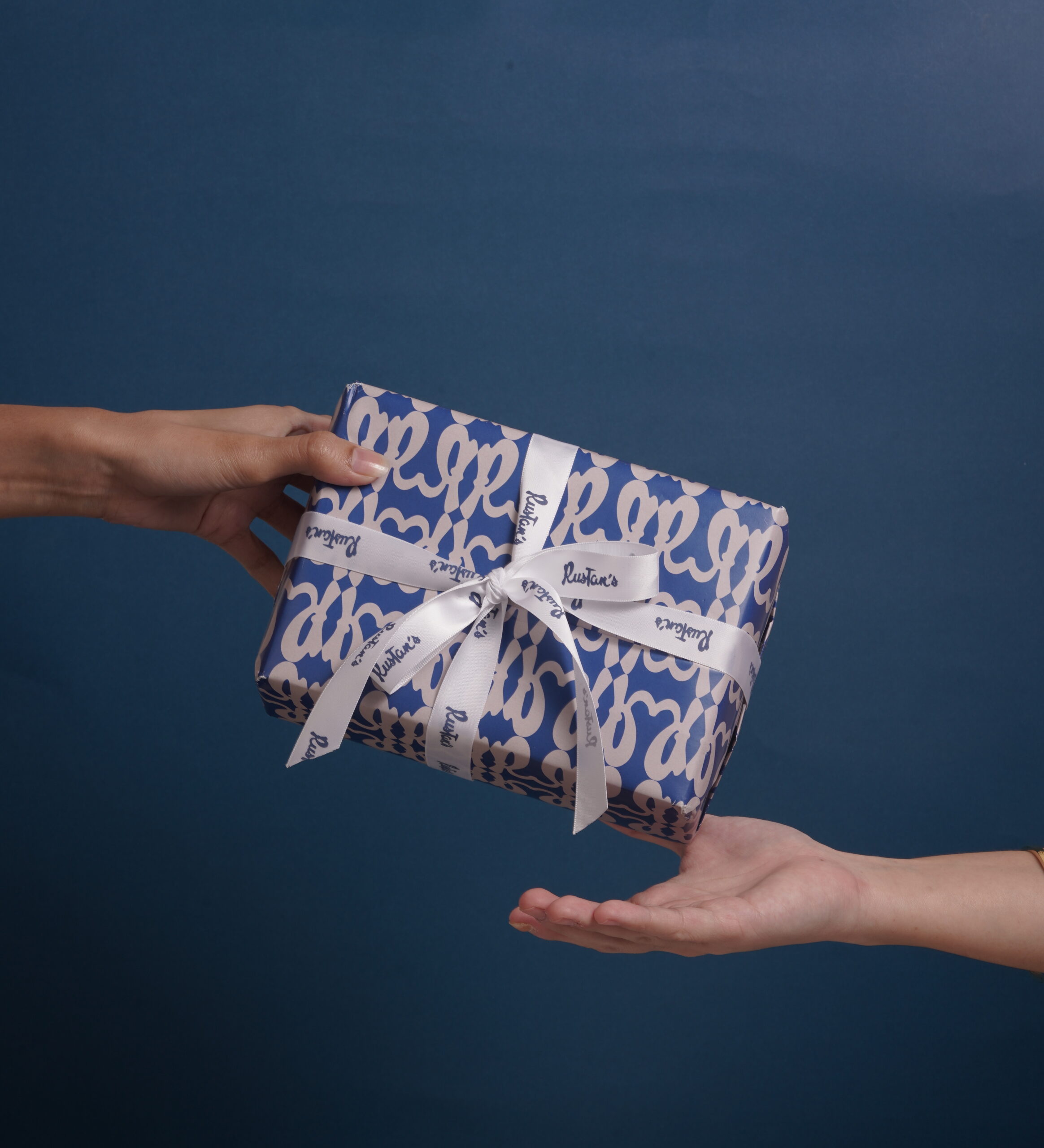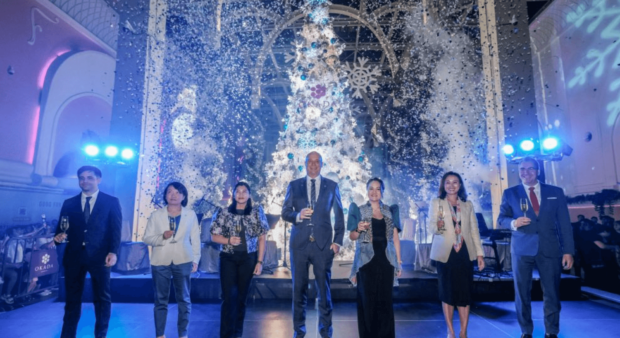On the last day of her five-day visit to the Philippines, during the cocktail reception hosted by Sen. Loren Legarda at the National Museum’s Fabella Hall on Friday afternoon, Queen Sofia of Spain reserved her biggest praise for the country’s fresh fruits, particularly mangosteen. She earlier asked for a bottle of Coke, but Legarda, who isn’t a big fan of sodas, offered her fruit juices instead.
Apart from dalandan juice, lemon grass tea and santol shake, Legarda served fresh fruits in season such as atis, lanzones, pomelo, mango and mangosteen. The senator later sent 20 kilos of mangosteen to the queen’s hotel, so she could take the fruits home with her and share them with King Juan Carlos.
“She was seated beside me and she kept on saying that this has been the best of the best of the best,” Legarda said. “I can’t interpret what she was comparing it to, but she looked obviously pleased.”
She asked if the Negritos who wore bark are still around and said, “they are wearing trees.”
Spanish staples such as cochinillo and jamon Serrano weren’t on the menu, but Legarda made sure that the queen had enough to eat during the reception.
Since both are pescetarians, Legarda and Queen Sofia eat only vegetables and seafood. The senator, who met with Spanish Ambassador Jorge Domecq several weeks ago to plan the queen’s visit, did her homework and prepared a sumptuous buffet spread consisting of chilled seafood such as native lobsters, prawns and crab claws.
The queen also feasted on open-faced sandwiches consisting of tinapa paté with eggplant, roasted red peppers with garbanzos, chili flakes and pine nuts, olives with Davao goat cheese, basil and mint, and chopped ripe cherry tomatoes, caramelized onions and pesto prepared by Kai Restaurant.
“She was so impressed, especially when I told I her that I personally researched and chose the dishes, down to the flowers,” said Legarda. “I also learned from her that she loves eggplant.”
For his part, Domecq later texted Legarda to share with her how pleased her majesty was: “HM has enjoyed every minute with you at the museum and keeps praising you.”
Legarda shared her fondness for white flowers such as roses and sampaguita through floral arrangements that echoed the framed prints drawn by Spanish botanist Juan de Cuellar in the late 18th century. The prints, which now adorn the Fabella Hall’s walls, were donated by King Juan Carlos I of Spain during a visit to Manila in 1996.
Small and intimate
She purposely kept the gathering small and intimate by inviting a select group of journalists, Spanish nationals and Philippine government officials such as Tourism Secretary Ramon Jimenez, Commission on Higher Education Chair Patricia Licuanan, Commission on Human Rights Chair Etta Rosales and Makati Business Club head Ramon del Rosario.
“I wanted the event to have a casual yet intimate feel,” said Legarda, who even had tables spruced with tinalak table runners from her personal collection. “From what I gathered from my research, the queen also wants it this way.”
Breaking protocol
Several traditions were broken both by the queen and the senator. As far as Legarda can remember, for instance, it was the first time that that part of the National Museum became a venue for lunch.
“They don’t normally allow people to eat here,” said Legarda. “They made an exception this time because the hall contained no paintings by Filipino masters.”
The queen herself earlier broke protocol while she was being toured by Legarda. She was so intrigued and obviously touched by a group of costumed Ifugaos from the Cordilleras who sang a special hudhud (native chant) in her honor, that she couldn’t resist sitting in a huddle with them to exchange pleasantries. Legarda and Domeq had no choice but to follow her majesty’s lead.
“Hudhud chants have been declared by Unesco as one of the country’s masterpieces of oral and intangible heritage,” said Legarda. “I’m currently in the process of having the chants documented to help preserve our oral traditions.”
Vigan next time
Legarda brought the Ifugaos to Manila two days ago especially for the event. They also sang a harvest chant and worked on a traditional loom for the queen and her party’s benefit. When she learned that the group of Filipinos was from scenic Banaue and its rice terraces, the queen told Legarda that she wants to visit the north, including Vigan and its famed Spanish quarter, next time.
“I promised her I’d be the one to personally tour her around,” said Legarda, who gave the queen a pair of sinamay shawls woven with piña suksok from Iloilo.
In turn, Queen Sofia gifted her with a coffee-table book titled “José Honorato Lozano: Filipinas 1847,” by José Ma. Cariño.
Fascinated with weaves
As chair of the Senate committee on cultural communities and patroness of “Hibla ng Lahing Filipino,” the first permanent textile exhibit of its kind in the country, Senator Legarda gave Queen Sofia a private tour of an adjacent hall named after the Spanish royal.
One of the exhibit’s displays is a traditional baro’t saya belonging to the senator’s late grandmother. Made of pinukpok or pounded abaca to produce a silk-like finish, the ensemble caught the queen’s interest. She became all the more fascinated by it when she learned who its original owner was.
“She was so fascinated with so many things, from the indigenous people who wove the fabrics to the dyes they used,” said Legarda. “I’m so happy that she appreciates the work we’ve put in for our indigenous people. Behind her gracious and down-to-earth demeanor is an inquisitive mind.”
And that curiosity extends to food. Kai also prepared vegetarian paella and a halo-halo bar complete with traditional native ingredients such as halayang ube, leche flan, sweetened saba, dayap rind, langka and pinipig. The well-rounded Legarda had a ready answer to her guest’s every question.
“She was savoring the ube, and I told her that halo-halo is best enjoyed by mixing all the ingredients with milk and crushed ice,” said Legarda. “But Ambassador Domecq kept pointing to his watch, signaling that they were already behind schedule.”
No elevators, please
Dressed in a two-piece beige ensemble with beaded details below the shoulders, the queen earlier had to climb several flights of stairs in a pair of high-heeled beige slingbacks to get to the second floor.
National Museum personnel were informed by the Spanish embassy that the queen preferred to use the stairs, so members of the Presidential Security Group had to shut down the elevators before her arrival. They were later switched on, but not after a number of guests did as the queen had done.












































